The Source of Sound involves the material, the movement and the vibration of which music arises. Episode 51: Musical Discoveries
A journey through four recent and older musical discoveries. From harmonic singing in 1967, to free reeds from the 1800’s, poly rhythm from the 1900’s and the universal character of polyphony from the late 40’s of the last century. Discoveries not in the sense of someone discovering something for which he is later called a genius. But instead in the sense of something that was yet unknown except for in a small part of the world, or something heard by many but with it’s potential not yet perceived.
Harmonic singing is a type of technique that was originally only practiced in the Altaj Mountains in Central Asia. It really only entered the public sphere when, supported by UNESCO, Lajos Vargas made two recordings in Ulaan Bator the capital of Mongolia, in 1967. After that, harmonic singing quickly became a global concept, which encouraged scientists to seek out other similar singing techniques in other places. Nowadays, you can find harmonic singing lessons in almost every city in the world.
Free reed is a technique used to create new sounds that was first used in Southeast Asia. Before the 18th century it spread from there to China, Korea and Japan and then, in the 18th century, the first Chinese mouth organs and descriptions of how they functioned reached Europe. It set musical instrument builders on the path to developing the harmonium, the accordion and the harmonica, which were then distributed all over the world.
Polyrhythm was unknown and unimaginable in Europe, although many Westerners had undoubtedly heard it, and it wasn’t recognized until the 1900’s when scientists such as Erich von Hornbostel first heard recordings from Africa. When Hornbostel wrote about polyphony in rhythms, polyrhythm became a common term. However, polyrhythm still hasn’t become a natural part of our culture. Just look at the use of Samba during the carnival parade in Maastricht and the beats of dance music, and consider how eventually they all inevitable turn into marches.
The story goes that polyphony was a unique European invention from the Middle Ages and, unfortunately, this story is still taken as fact in much of music history. However, with the help of a program set up by UNESCO after the Second World War, more records started being released containing songs from different music traditions besides popular classical European music. With these releases it became clear that polyphony is a universal phenomenon and that every region has its own musical history. And if we absolutely have to place the origin somewhere, let it be with the pygmy peoples of the African rainforest. A people that has been renowned for their musical knowledge since the time of the ancient Egyptians. Their culture and social structure have stood the test of time and they alone are able to flawlessly improvise and perform intricate polyphonic songs without practice or direction.
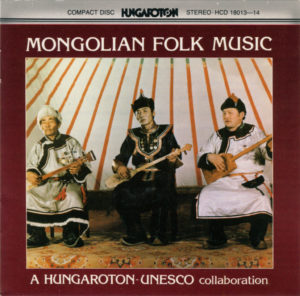
01 Jew’s harp song (Ho-mi) 1 0’54
Bori
CD Mongolian Folk Music
Hungaroton HCD 18013, track 6
02 Jew’s harp song (Ho-mi) 2 1’40
Bori
CD Mongolian Folk Music
Hungaroton HCD 18013, track 15
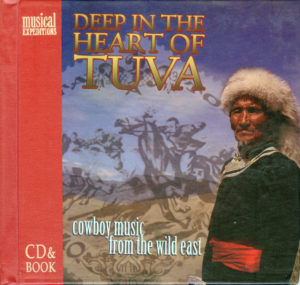
03 Collection of Höömeï Styles 3’17
Oleg Kuular
CD Deep in the heart of Tuva
Ellipsis Arts 4080, track 3
04 Demonstration of Kargyraa 1’54
Aldyn-Ool Sevek
CD Deep in the heart of Tuva
Ellipsis Arts 4080, track 2
05 Medley of Throat-Singing Styles 4’29
Kongar-Ool Ondar
CD Deep in the heart of Tuva
Ellipsis Arts 4080, track 1
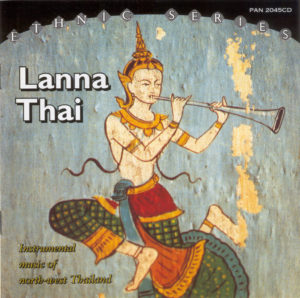
06 Improvisation on a dance song 5’47
Song Yee Sa Yang
CD Lanna Thai
Pan records PAN 2045CD, track 2
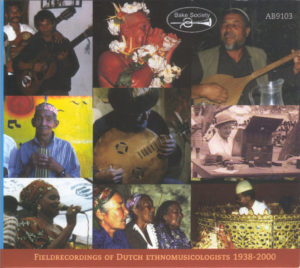
07 Luuk kam pla 4’04
Nang La, Taw Bun, Taw Keo
CD Field Recording of Dutch Ethnomusicologists
Bake Society AB9103
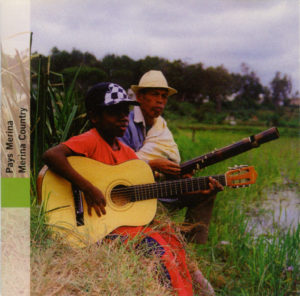
08 Mifankatiava 3’21
Ramarolahy et Rabary
CD Pays Merina. Hommage à Manjakamiadana
Ocora C 560159, track 9
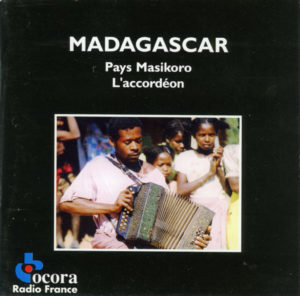
09 Hararavo Bilo 5’29
Remaniny et Retovony
CD Pays Masikoro. L’accordeon
Ocora C 560149, track 1
10 Kanakana 3’42
Michel Gaston et Tsihozoñy
CD Pays Masikoro. L’accordeon
Ocora C 560149, track 8
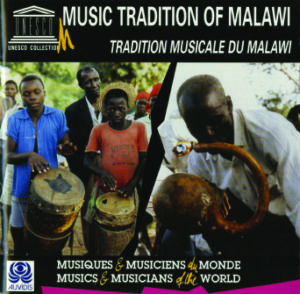
11 Bagholi bane bakale 2’54
CD Music Tradition of Malawi
Auvidis Unesco D 8265 track 17
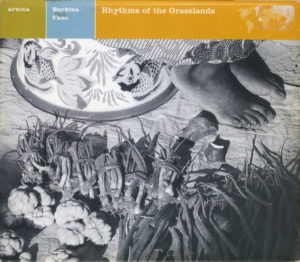
12 Nhe Situ Yere la Ni Ye O Be Ni Faa 4’28
Samo drum ensemble
CD Rhythms of the Grasslands
Nonesuch explorer 7559-79713-2, track 7
13 Hausa Baptism 3’13
CD Rhythms of the Grasslands
Nonesuch explorer 7559-79713-2, track 9
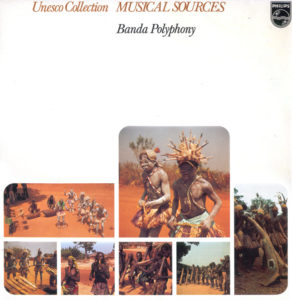
14 Ebena ka cemato 4’01
Ongo ensemble
CD Banda Polyphony
Auvidis Unesco D 8043, track 4
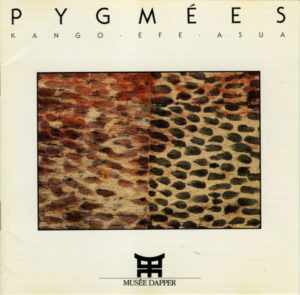
15 Chant de fête 4’12
CD Pygmees du Haut-Zaire. Kango – Efe – Asua
Fonti Musicali FMD 190, track 7
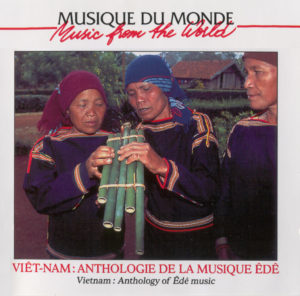
16 Aê rêi 2’58
Amĭ H’Doñ, Amĭ Yang, Yá H’Nguôn, Yá H’Phŭt, Yá H’Riu, Yá Y-Bok
Vietnam: Anthologie de la musique Êdê
Buda Musique 92726-2, track 14







